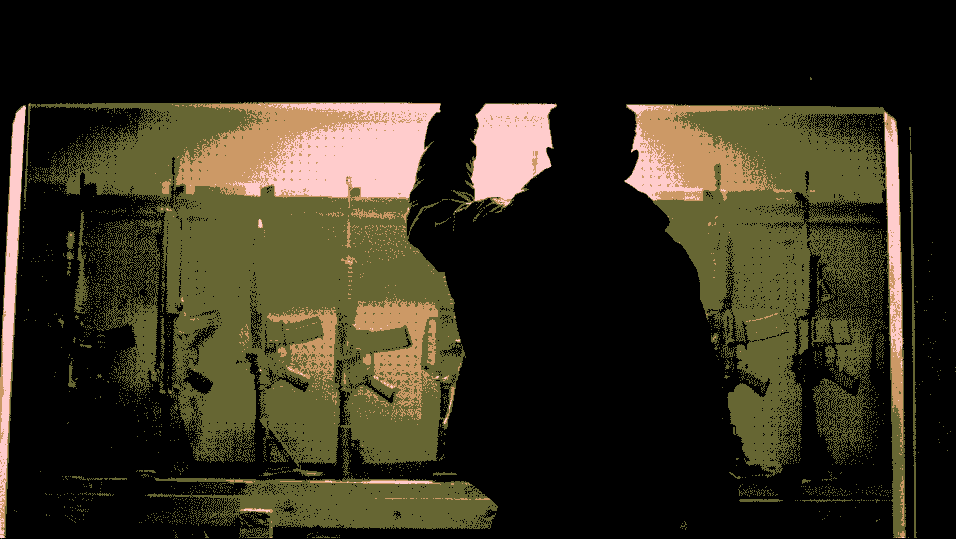Upstart production house Cinestate has been described as a populist film studio engaging in “extreme entertainment” that is going to “Trump Hollywood”.
Not if they keep making movies like Standoff At Sparrow Creek, they won’t.
The film, shot in 3 weeks for under $500,000, is supposed to live up to the promise of their detractors — and make no mistake, these allusions and metaphors are meant to scare people away from Cinestate movies — but it falls short.
While Standoff At Sparrow Creek strives for relevance and importance it instead comes off as overwrought and desperate.
In the earnest words of star James Dale Badge:
“It’s a dangerous world we’re playing in with this film.”
I would like to believe that.
I Would Like To Believe This Movie
Anyone who has seen the trailer already knows the rundown: in a world of interlinking independent militias, a gunman attacks a police funeral with an automatic assault rifle. One of these militias discovers an AR-15 is missing from their private armory to which only members of the militia have access.
This means one of them did it and they have to find out who it was before a wave of militia violence — inspired by the cop massacre — spreads across the country. Thus being a series of interrogations and stand-offs between the militia members as they search for the truth.
This militia — I’ll call them our militia — consists of an older building contractor, an ex-cop, an ex-Aryan Brotherhood type, the co-pilot from Flight, some young kid who can’t speak and a tech nerd.
Based on his experience as a soldier and a detective the ex-cop, played with circumspection by the sharp and intelligent Mr. Badge, leads the interrogations.
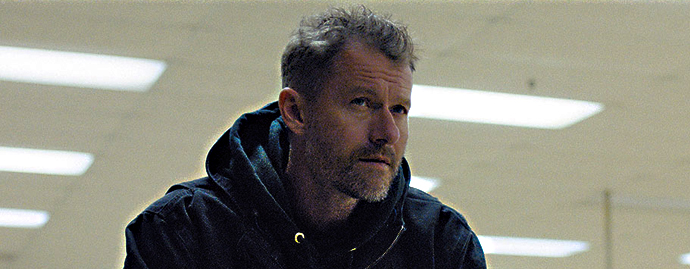
What unfolds isn’t so much a game of cat-and-mouse but more a game of cat-and-cat. Everyone in this militia is strong-willed and aggressive, mistrustful and anti-social as a lifestyle choice, not a personality disorder.
It makes for some powerful confrontations and decent dialogue.
The way Henry Dunham’s camera lingers on the features of the environment and players reminds me a lot of peak Michael Mann. But the first-time writer-director is limited here by the setting as everything takes place in and around a sprawling lumber warehouse.
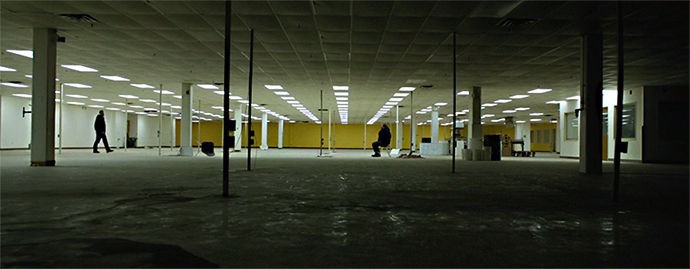
There is a lot of drama here too, with the characters threatening and snapping at each other as the chaos grows outside of their hidden lair. The interactions are authentic without entering into the stagey, try-hardism of Cinestate’s wunderkind S. Craig Zahler, the writer-director behind Bone Tomahawk and Brawl In Cellblock 99.
In the end, we even get some genuine examination of the need for us to belong to groups and purposes larger than ourselves, whether it be a militia or a police force, and just how long a man can be a lone wolf.
The contemplative moment, when a character considers his choices, past and present, before making a decision is something that’s sorely missing from most movies today.
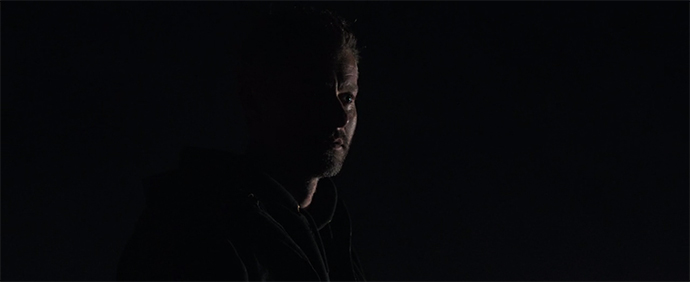
So What’s The Problem?
Is it brutal? Yes. Is it hardcore? Yes. Is it believable? No.
First, unless Henry Dunham does some incredible in-depth interviews where he reveals that all of this is based on a true story or at least inspired by true events, I have a real hard time buying that there are dozens of militias stocking Class 3 firearms, chomping at the bit to launch a war on local police departments.
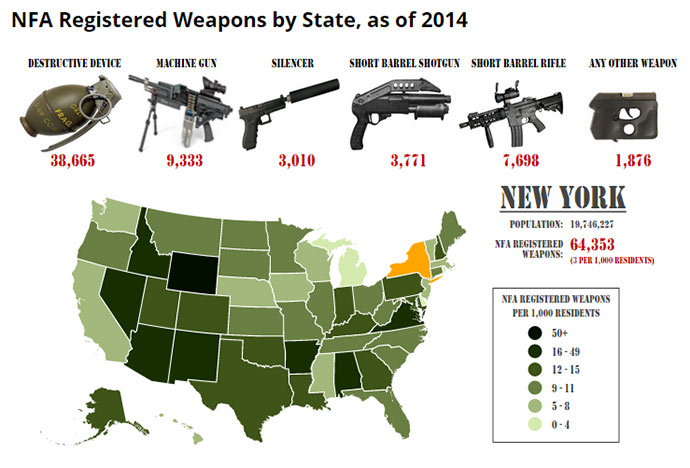
Launch a war on the federal government? Maybe, but that is still a huge stretch.
It sounds like an academic’s cocktail party anecdote about militias that he crimped from The Atlantic or Mother Jones. So much for “populist” film-making.
Next, some of the actions of the characters are not only perplexing but so senseless they ripped me right out of the movie. After a few occurrences, I just shrugged and said “whatever”. There is a difference between naturally creating drama and injecting bizarre motivations to drive conflict and tension.
Finally, the level of both corruption and Machiavellian brilliance demonstrated here by law enforcement is so far-fetched that it feels like a Master P production. There is zero reflection of reality here, it’s straight out of a comic book.
I know, I know… it’s a movie.
There are many levels of crime drama reality as portrayed in film and television. In descending order of authenticity and realism:
- The Wire
- Heat
- True Detective
- Ray Donovan
- Quentin Tarantino
- Guy Ritchie
What Standoff At Sparrow Creek tries to give us are the setting, characters and stakes from The Wire run through a Guy Ritchie plausibility field — minus his goofy smash-mouth style and sardonic wit.
As much as I admire the artistry and milieu, in the end, the story got ambushed by fantasy.
Hopefully, Dunham can find a harmonious approach to these people and ideas that a more even and intrinsically genuine tone. And let’s pray the next movie from Cinestate, Zahler’s Dragged Across Concrete, is much more grounded.

